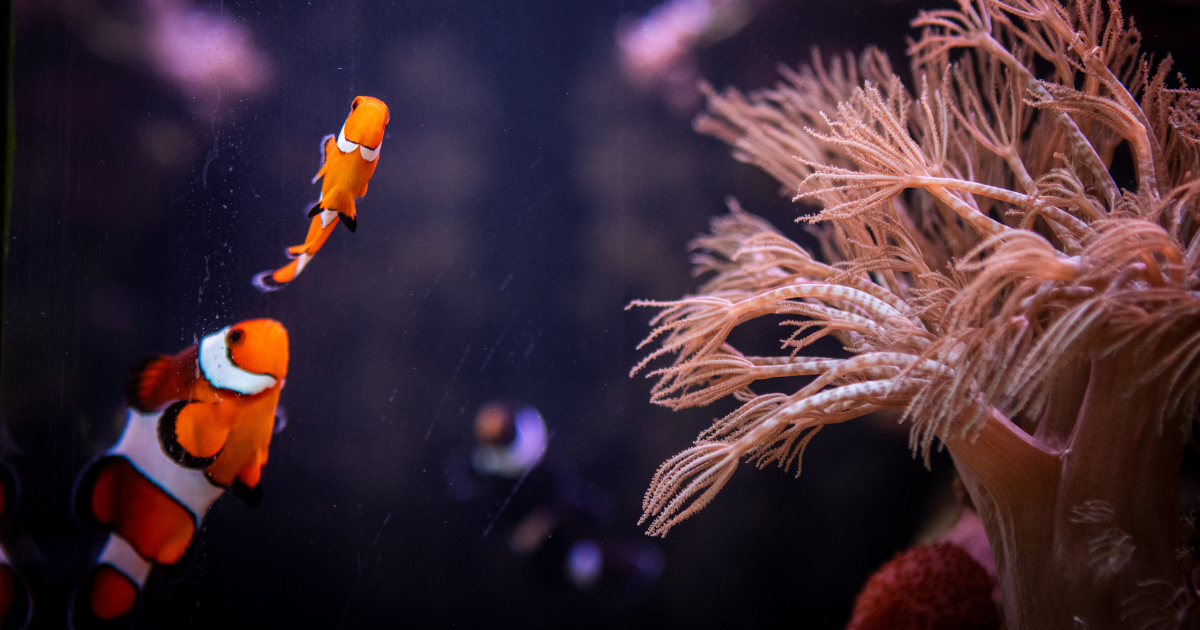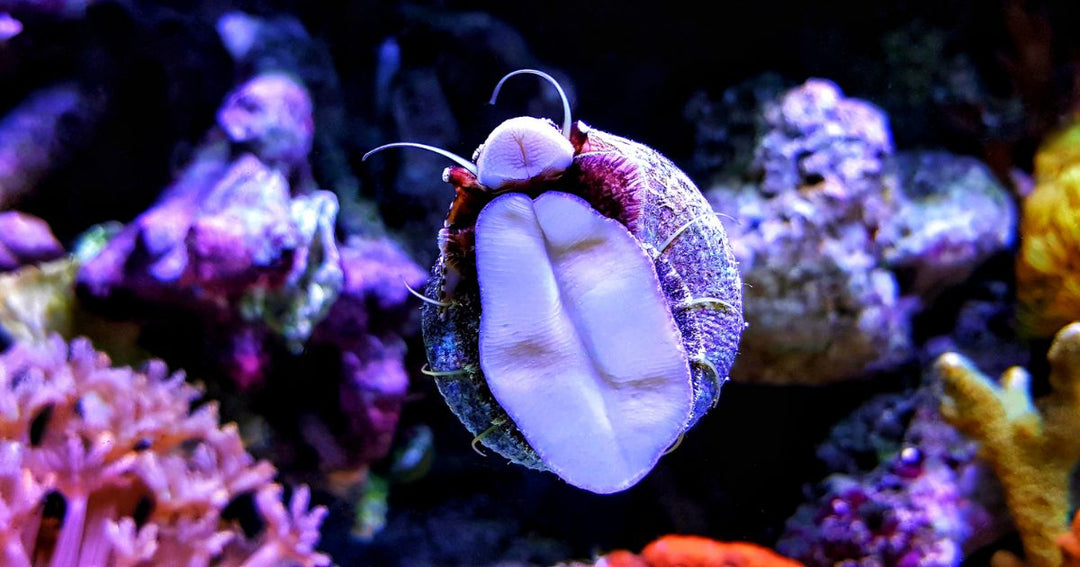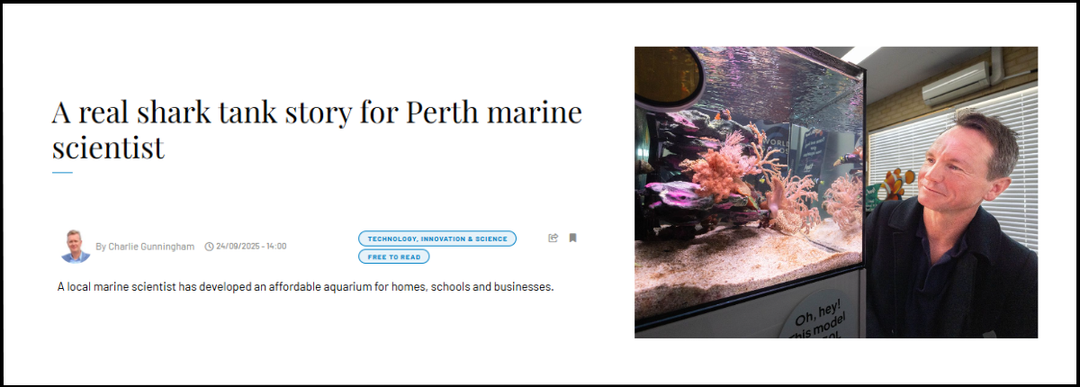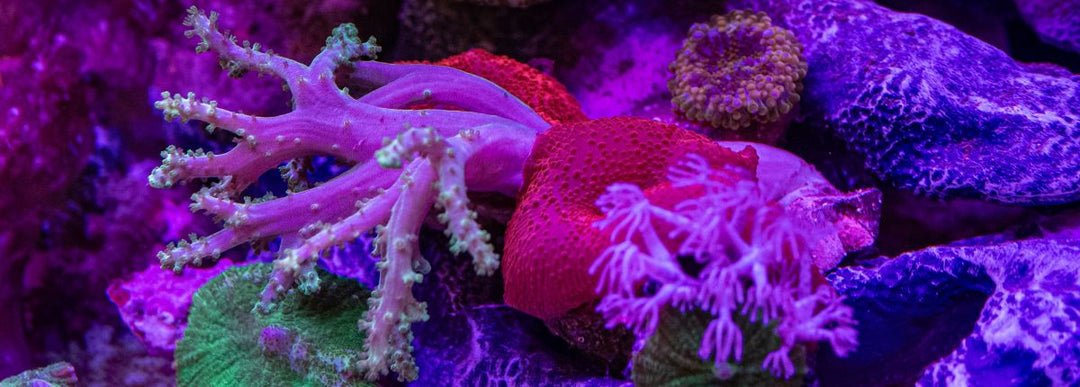Are Your Clownfish Fighting? The Reason Might Be Their Cool Social Dynamic—Find Out Why!

Clownfish, often known as “Nemos,” are some of the most charming and recognisable fish in the marine world. Their bright colours, playful movements, and unique relationship with anemones make them a favourite in aquariums. But beneath their cute appearance lies a structured and well-organised family system.
Clownfish live in small groups with a clear hierarchy. This family structure is essential for maintaining stability within the group, reducing unnecessary conflict, and ensuring that only one pair reproduces. Understanding this system is key to recognising why clownfish may fight and how to manage aggression in your aquarium.
Why Are Your Clownfish Fighting?
While clownfish are generally peaceful, they can become aggressive in certain situations. Fighting is usually linked to one of three main causes:
1. Territorial Disputes
Clownfish are highly territorial and will defend their space, especially if they have bonded with an anemone or a specific part of the tank. They may chase or nip at intruders, even if they are other clownfish. This behaviour is more common in smaller tanks where space is limited.
2. Breeding Behaviour
Mated pairs often become more aggressive when preparing to lay eggs. The female and male will guard their nesting site, fending off any perceived threats, including other fish in the aquarium.
3. Establishing Social Hierarchy
Clownfish live in a strict hierarchy led by a dominant female, a breeding male, and juveniles. The dominant pair controls juveniles through social stress—chasing, nipping, and restricting food—which triggers hormonal changes that suppress growth. This keeps juveniles smaller and non-reproductive, maintaining the group’s structure.
If the dominant female is lost, the male transitions into her role, and the largest juvenile becomes the new breeding male. This transition period can cause temporary aggression as the group re-establishes its hierarchy. Fighting occurs when a fish challenges the existing order or when juveniles compete for position in the hierarchy.
How the Living Ecosystem Aquarium Minimises Aggression?
The Living Ecosystem Aquarium is designed to support natural clownfish behaviour while reducing unnecessary stress by:
- Providing Territory with Living Blocks – The modular reef structure creates hiding spots and territorial boundaries, helping to diffuse aggression.
- Stocking at Optimal Levels – Keeping the recommended number of clownfish spreads interactions across the group, preventing one fish from being overly targeted.
- Establishing Social Structures Gradually – By introducing a full group of juveniles, the hierarchy develops naturally, leading to a more stable and less aggressive dynamic.

When to Observe vs. When to Step In
Since fighting is a natural process, the best approach is to observe for several days before taking action. Here’s how to assess the situation:
- Normal Behaviour: Occasional chasing or nipping, but all fish continue to eat, swim normally, and interact with their surroundings. If this is the case, let the process play out—the aggression will usually decrease as the hierarchy stabilises.
- Signs of Concern: If a fish is constantly hiding, struggling to eat, or showing physical signs of stress such as damaged fins, faded colour, or rapid breathing, it may need additional support. Severe or prolonged aggression can lead to extreme stress and, in some cases, fish loss.

How to Reduce Stress in Your Aquarium
- Monitor the Situation – In most cases, aggression will decrease as the group settles. If the affected fish is still eating and active, no action is needed.
- Adjust the Environment – Ensuring all fish have access to food and modifying the reef structure to create more hiding spaces can help reduce tension.
- Last Resort – Technician Call-Out Service – If aggression persists and a fish is struggling to adapt, Living Oceans offers a technician service. A technician can visit, temporarily remove the reef structure, catch the affected fish, and swap it for another. However, this process is expensive, disruptive, and not always necessary.
Fighting is a normal part of clownfish social behaviour, and in most cases, the best thing to do is let them work it out. However, if aggression becomes excessive, intervention may be necessary to protect the health of your fish.
If you’re concerned about aggression in your Living Ecosystem Aquarium, contact Living Oceans for advice and support.










